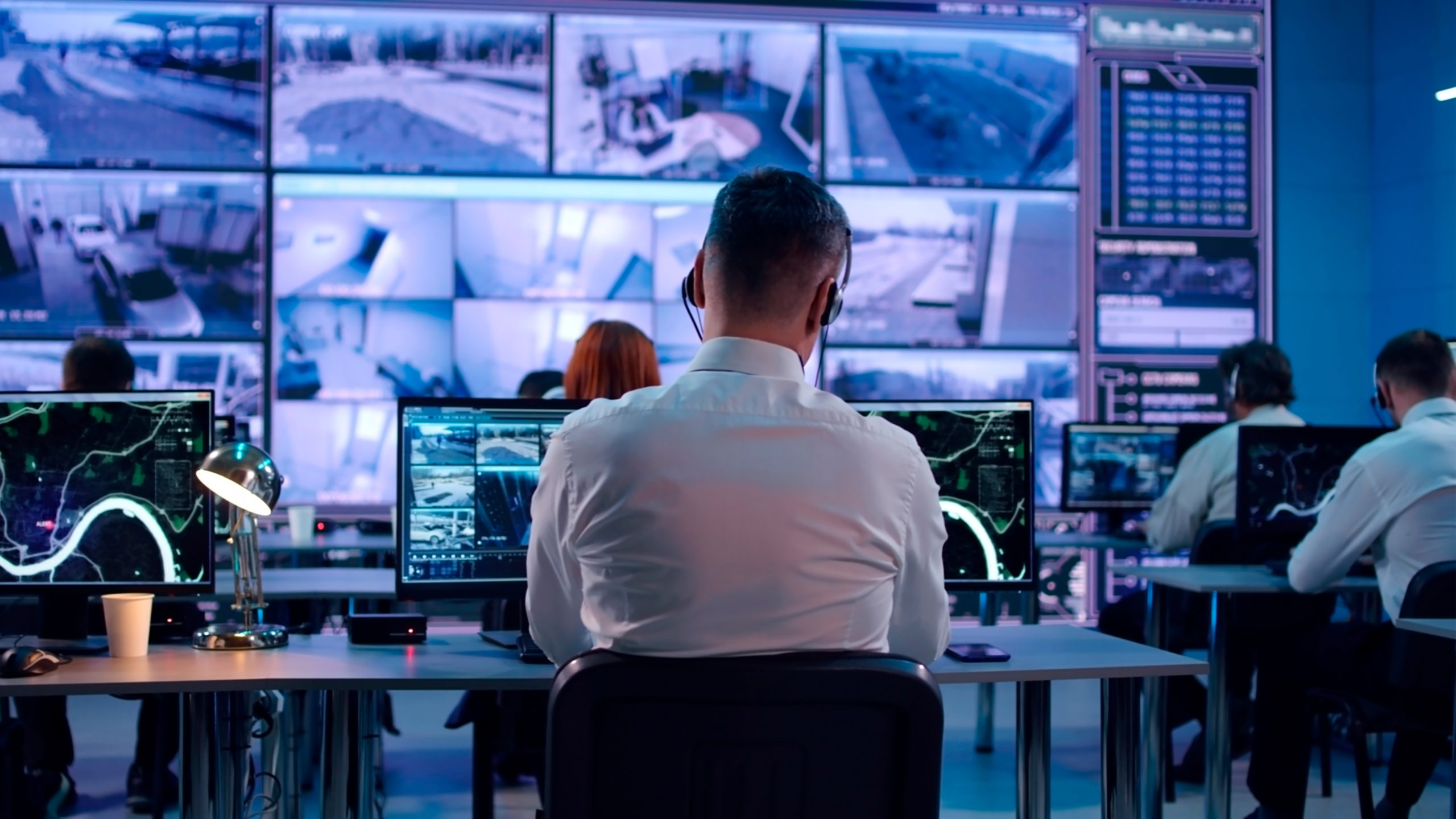Last update: 12/05/25
Emergency Operations Centers are pivotal in ensuring the swift and effective coordination of relief efforts and resources during crisis management. Whether physical, virtual, or hybrid, these centers rely on advanced technological infrastructures to guarantee optimal response. This article delves into the various types of EOCs, their benefits, applications, and the essential technological components that constitute them.
An Emergency Operations Center (EOC) is a critical component of crisis and disaster management.
Designed to coordinate relief efforts, resource management, and communication during critical situations, a modern EOC relies on advanced technological infrastructure to ensure a swift and effective response.
There are three types of EOC configurations:
Physical EOCs are centralized facilities where crisis management personnel gather to coordinate emergency actions. These rooms are equipped with communication technologies, surveillance systems, mapping tools, information management systems, and field sensor monitoring, among other resources.
Advantages :
Applications :
Virtual EOCs leverage online platforms and remote communication technologies to coordinate emergency responses. Teams can be geographically dispersed but remain connected through digital tools.
Advantages :
Applications :
Hybrid EOCs combine the advantages of both physical and virtual EOCs. They utilize a centralized physical infrastructure while integrating technologies that allow remote participation.
Advantages :
Applications :
Video walls are among the most common technological equipment in physical EOCs. Even a basic grid display of two by two screens can significantly enhance data visualization and video stream monitoring. The number, size, resolution, configuration, and placement of screens are crucial considerations, as EOC personnel may not always be near the displays or monitors. As work models become more hybrid, EOCs should also consider video wall solutions that are compatible with PCs, tablets, and smartphones, allowing team members to update and view content from anywhere.
The physical and digital security of an Emergency Operations Center (EOC) is paramount. This includes video surveillance systems to monitor activities around the center, access control devices to restrict entry to sensitive areas, and robust cybersecurity protocols to protect networks against cyber threats. EOCs must be prepared to counter potential attacks aimed at disrupting critical operations.
If AV systems fail in an office, it’s inconvenient but not dangerous. However, a loss of communication or collaboration capabilities in an Emergency Operations Center can have serious consequences. Professional and proactive maintenance of AV systems can minimize the risk of equipment failure and ensure that operations continue smoothly during critical situations.
Not all information needs to be displayed on a video wall. Some data should be pre-processed by the appropriate personnel. Certain content will be managed directly by operators or supervisors and not pushed to the video wall.
To handle these tasks, one or more ergonomic operator consoles, located either in the control room or remotely, can accommodate specialized operators.
A display controller refers to an information system designed to aggregate all necessary data for decision-making. This controller must be a highly versatile solution, capable of adapting to various communication protocols from different sources.
A crucial aspect of equipping EOCs is interoperability, which is the ability of different systems and equipment to work together seamlessly. This ensures smooth communication between government agencies, emergency services, and non-governmental organizations (NGOs) involved in crisis response.
Resilience of equipment is equally essential. EOCs must be prepared to handle extreme environmental conditions and potential failures in technological infrastructure. This requires robust equipment that is regularly tested and maintained to ensure optimal performance at all times.
If you want to learn more about an AV solution for your Emergency Operations Center, contact our audiovisual integration and control room specialists.

Copyright © 2026. MOTILDE. All rights reserved.